Loafing Lot Management
Purpose/Function:
The intent of this practice is to prevent manure and sediment runoff from entering watercourses and sensitive areas and to capture a portion of the manure as a resource for other uses such as crop fertilizer.
Initiation protocol:
Contact the local Soil Conservation District or University of Maryland Extension for assistance.
Public acceptance:
N/A
Implementation Factors (level of difficulty):
Moderate.
Funding Sources / Options:
Cost-share grants are available through the Maryland Agricultural Water Quality Cost-Share (MACS) Program.
Costs:
Costs estimated as $ per acre of practice installed.
| Cost Estimates | EPA | MDA | Average |
| Initial | $8,802 | $15,000 | $11,901 |
| Annual | $- | $- | $- |
| Lifespan (yrs) | 10 | 10 | 10 |
| Annualized | $880.20 | $1,500 | $1,190.10 |
Load Reduction Efficiency:
Average Total Nitrogen removed per acre of practice per year
|
Low 4.47 lbs. |
Medium 25.69 lbs. |
High 517.70 lbs. |
Cost per pound removed = between $2 and $266
Average Total Phosphorous removed per acre of practice per year
|
Low 0.79 lbs. |
Medium 3.93 lbs. |
High 73.07 lbs. |
Cost per pound removed = between $16 and $1,506
Average Total Suspended Solids removed per acre of practice per year
|
Low 13 lbs. |
Medium 199 lbs. |
High 1,625 lbs. |
Cost per pound removed = between $0.73 ns $91.55
Planning Questions to Consider:
Unimproved loafing lots that are used for herd exercise and loafing are usually denuded of vegetation and harbour undesirable plants. Cost-share is authorized for watering facilities.
Technical Notes:
A management plan and practice design is to be developed with consultation from a qualified consultant, Maryland Cooperative Extension, Natural Resources Conservation Service and/or Soil and Water Conservation District.
Related Best Management Practices
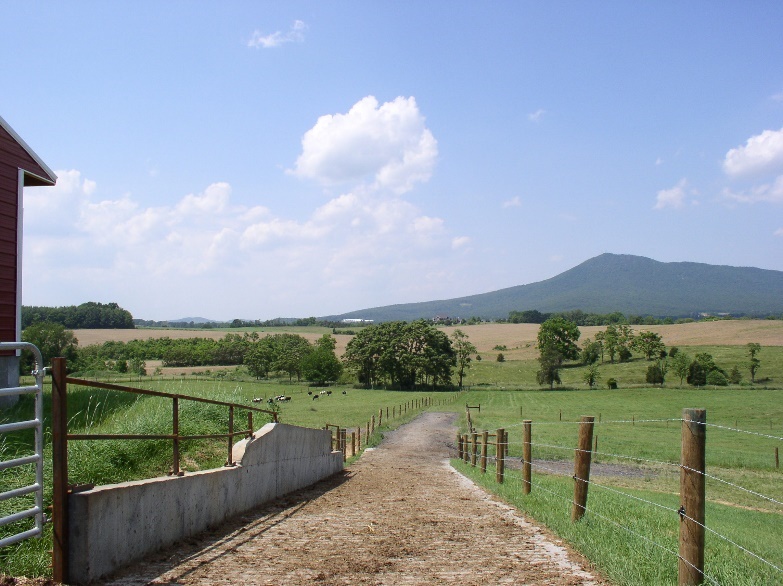
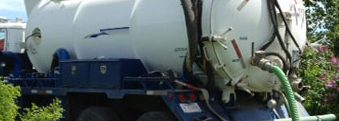


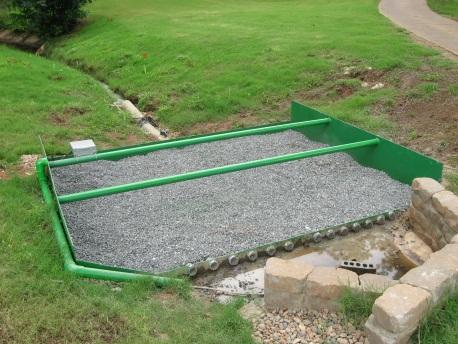
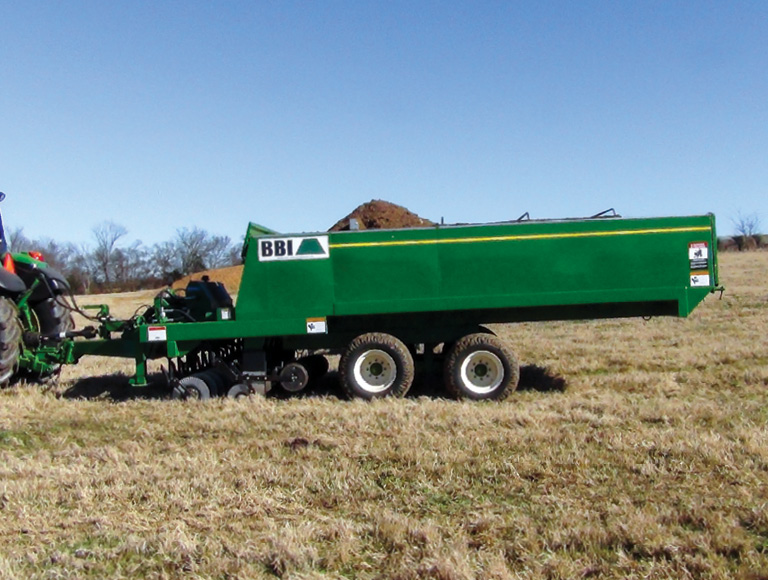
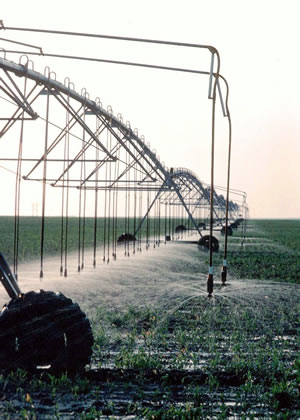
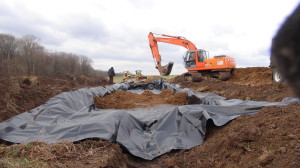
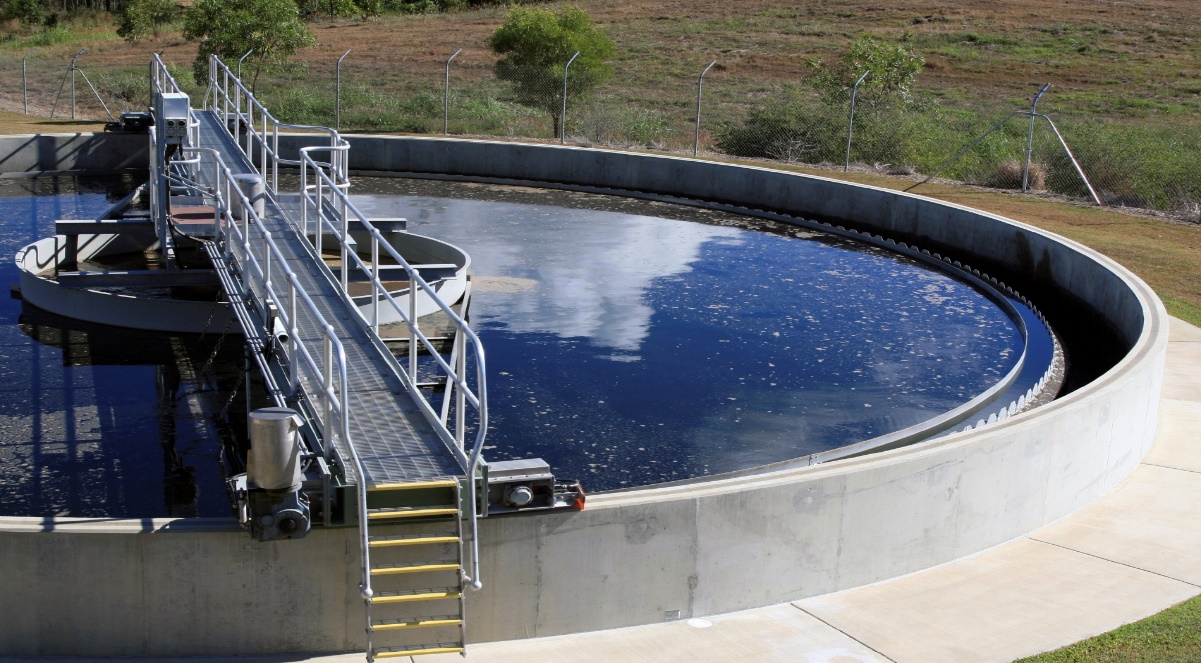


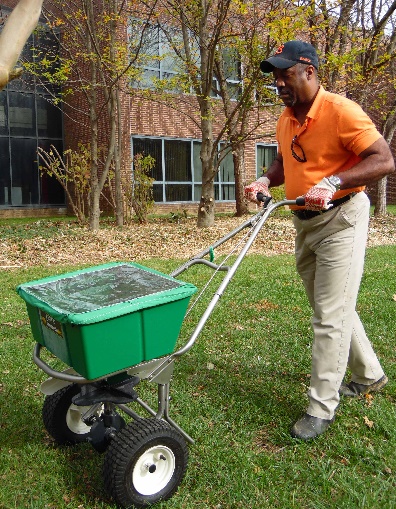

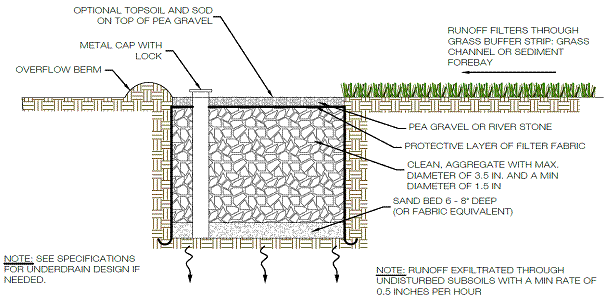
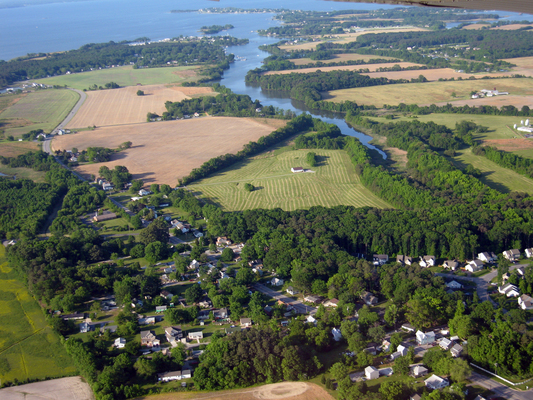
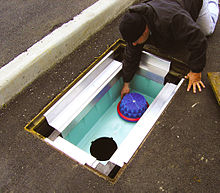
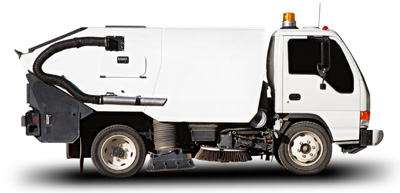
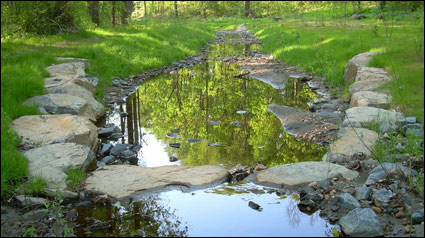
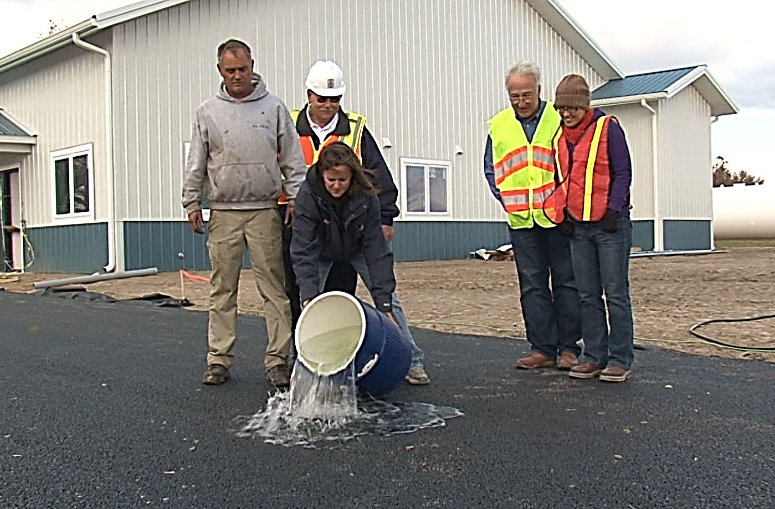
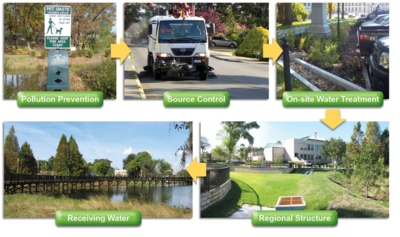
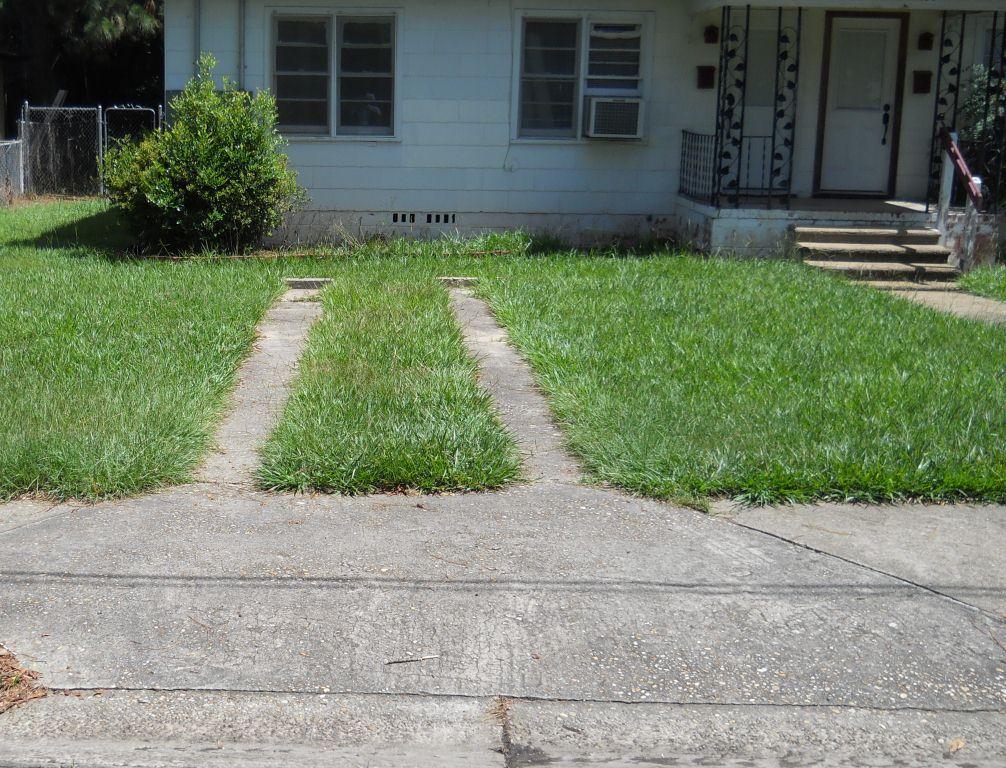
Feedback on This Best Practice